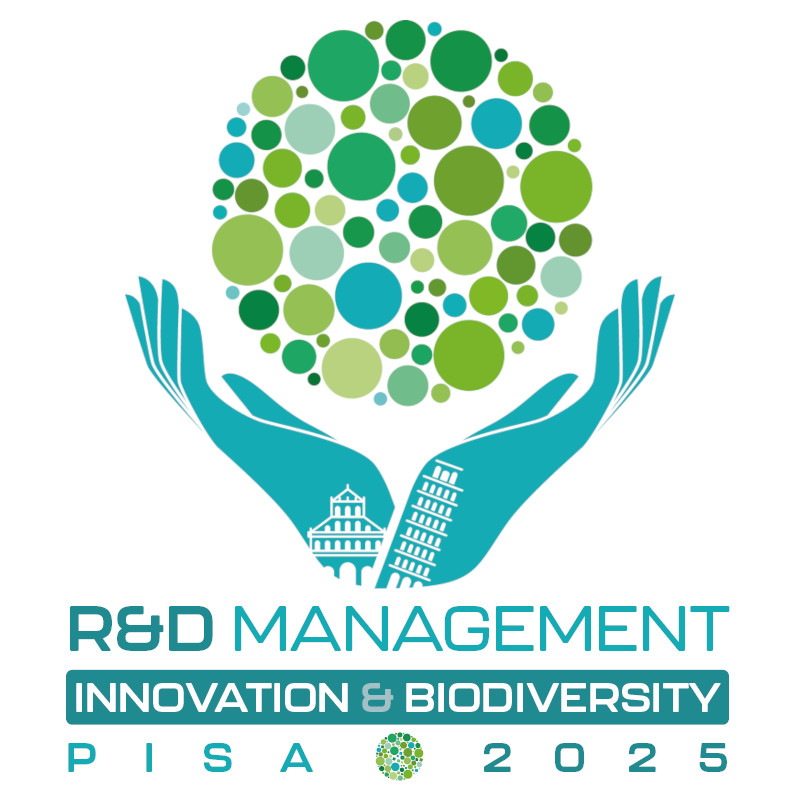2025 is the first year of mandatory sustainability reporting for many businesses and this is focussing attention on how innovation can align both business and biodiversity imperatives. Francesco Testa from the Institute of Management at Sant’Anna School of Advanced Studies is the chair of track 1.5 at the 2025 R&D Management Conference. He comments that the ambition of the track is to explore practical solutions that can align business operations with the regeneration of natural capital.
Sustainability reporting now mandatory
Large companies across Europe have begun reporting under the EU’s Corporate Sustainability Reporting Directive (CSRD). The directive covers a wide range of sustainability topics, including environmental, social and governance (ESG) issues, human rights and anti-corruption measures.

A core concept within CSRD is double materiality, which acknowledges that the risks and opportunities for a firm extend beyond financial dimensions, with impact on biodiversity a key element.
Francesco comments: “Biodiversity loss represents one of the most pressing and complex challenges of our time, directly impacting natural ecosystems, human livelihoods, and (directly or indirectly) business operations.
“With six out of nine planetary boundaries already crossed it is evident that current production and consumption patterns are unsustainable, necessitating urgent, systemic action from businesses and scholars.
“As researchers, we are deeply engaged in examining the intersection of business and biodiversity, particularly how systemic and collaborative approaches can address the interdependencies between socio-economic and ecological systems. This tracks aims to identify and fostering practical solutions that align business operations with the preservation and regeneration of natural capital.
“When sustainable innovations are accompanied by a holistic or system vision, they can deliver far-reaching and multifaceted benefits across environmental, social, and economic dimensions.”
Biodiversity-based innovation pathways
Francesco continues: “Biodiversity offers a unique opportunity for innovation because its inherent complexity demands creative and systemic solutions. Biodiversity-based innovative pathways—such as nature-based solutions, regenerative economy models, and technologies inspired by biomimicry (where designs and technologies are modeled on biological processes)—can play a pivotal role in shifting business approaches toward genuine, long-lasting sustainability.”
There is also potential for a focus on biodiversity to create new industries and market opportunities, such as the emerging carbon credits sector and support for environmental net gain initiatives.
Francesco says: “One of the major challenges in corporate biodiversity management practices lies in addressing technical complexities, such as accurately quantifying context-specific baselines and monitoring biodiversity outcomes over time.
“Emerging technologies can play a crucial role in this context. For instance, in literature there are studies showing how novel conservation technologies support businesses in implementing mitigation hierarchy measures—avoiding, minimising, restoring, and offsetting—during project planning and execution toward net gain.
“Moreover, the capacities and knowledge required for effective biodiversity management require multiple actors, including NGOs, research institutions, private enterprises, public entities, indigenous and local communities. Collaborative partnerships and relationships among these actors can fostering multi-stakeholder initiatives that are likely to consider socio-ecological issues more holistically.”
Track 1.5 Aligning Business and Biodiversity Imperatives Through Innovation
Scholars are paying increasing attention to biodiversity and natural ecosystems, as they are necessary conditions for business continuity and human well-being.
Organisations significantly shape ecological outcomes, while being affected by them, due to their dual relationship of impact and dependence on natural capital. With one million species on the brink of extinction (UN, 2019) and six planetary boundaries surpassed (Richardson et al., 2023), urgent transformation is needed in production and consumption patterns.
This track examines how organisations and value chains can adopt a systems perspective to manage biodiversity, moving beyond profit-driven approaches toward strategies that integrate ecological resilience and regenerative practices. In doing so it seeks to advance the integration of biodiversity considerations into core organisational strategies and practices.

R&D Management Conference 2025:
Innovation & Biodiversity
Institute of Management of Scuola Superiore Sant’Anna, Pisa
30 June – 2 July 2025
Track 1.5 Aligning Business and Biodiversity Imperatives Through Innovation
Track chair:
Francesco Testa, Institute of Management, Sant’Anna School of Advanced Studies
Co-chairs:
Rajat Panwar, Department of Forest Ecosystems & Society, Oregon State University
Natalia Marzia Gusmerotti, Department of Management and Law, University of Rome Tor Vergata
Duccio Tosi, Institute of Management, Sant’Anna School of Advanced Studies

